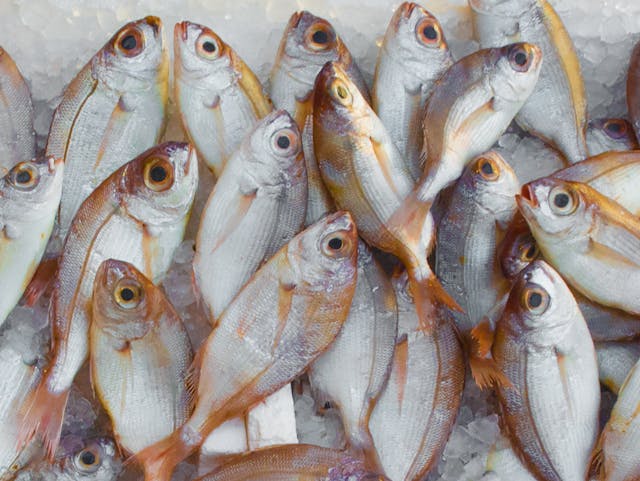The 21st century has been an alarming time in terms of sustainability. We’re aware now more than ever before of the impact we’re having on the planet, and of the changes we have to make. While commercial fishing is often criticised, it’s a crucial industry not just in terms of jobs, but in terms of feeding the planet. We’ve also seen a lot of advances when it comes to sustainability in this niche in recent years – here’s how the future, and the present, are looking.
Investment In Durable Fishing Gear
One of the most important things being done to tackle unsustainable practices is widespread investment in durable fishing gear. Whether that’s clothing from Stormline or stronger fishing nets, investing in stronger equipment that stands the test of time can help to significantly cut down on waste in the long run.
After all, if a higher quality item lasts twice as long as its cheaper equivalent, it will literally have resulted in half the use of raw materials, and the associated manufacturing processes.
Changing Regulations
On the other side of things, we’re seeing a proliferation of regulatory frameworks emerge, with the goal of improving fishing sustainability on a broader scale. While they may not always hit the right mark, organisations such as the Marine Stewardship Council are constantly thinking of new, innovative ways to implement sustainable practices on a large scale. It’s important to stay up to date with these changes, both in terms of compliance and to make sure that you stay ahead of the curve.
Increased Efficiency
One of the main issues when it comes to sustainability in commercial fishing is the adoption of cheap, but highly inefficient processes. Practices such as fishing in Alaska, processing the fish in China and then selling the end product in the UK might be the norm, but they’re highly inefficient norms in terms of the resources necessary to produce a single meal.
By highlighting these kinds of inefficient practices which have sadly become the norm, we can expect to see regulatory and investment-related changes which place an increased focus on the value of sustainability.
Consumer Awareness
Lastly, we’re seeing an increasing amount of consumer awareness when it comes to sustainable fishing practices. One of the positive effects of this is that people are often willing to spend a little more on a product that they know has come from a sustainable source, meaning that commercial fishing companies can invest in those sustainable practices as necessary.
As you can see, while there’s certainly a lot that still needs to be done in the realm of sustainable fishing, we’re already making significant headway.
As long as key industry players, investors, and regulators keep these priorities in mind, and recognise the existential threat that unsustainable practices pose to the industry, we should be able to turn back the tide. It’s important that commercial fishing enterprises also keep these issues in mind, doing what they can on a smaller scale to play their part in the process.


